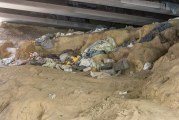With limited resources, Vancouver Police admit Arnold Park homeless are not a high priority at the moment
EDITOR’S NOTE: This is part two of our series focusing on homeless camps inside Vancouver’s Arnold Park, complaints from neighbors, and the city’s response to the issue.
VANCOUVER — Somewhere in the eastern portion of Arnold Park in west Vancouver, a pair of legs are visible, peeking out from underneath a pile of blankets, nearly hidden in the trees.
At another spot along Burnt Bridge Creek Trail, a voice calls out to passers-by, wondering if they might be his friend. The voice sounds slurred and slow, and it is early afternoon.
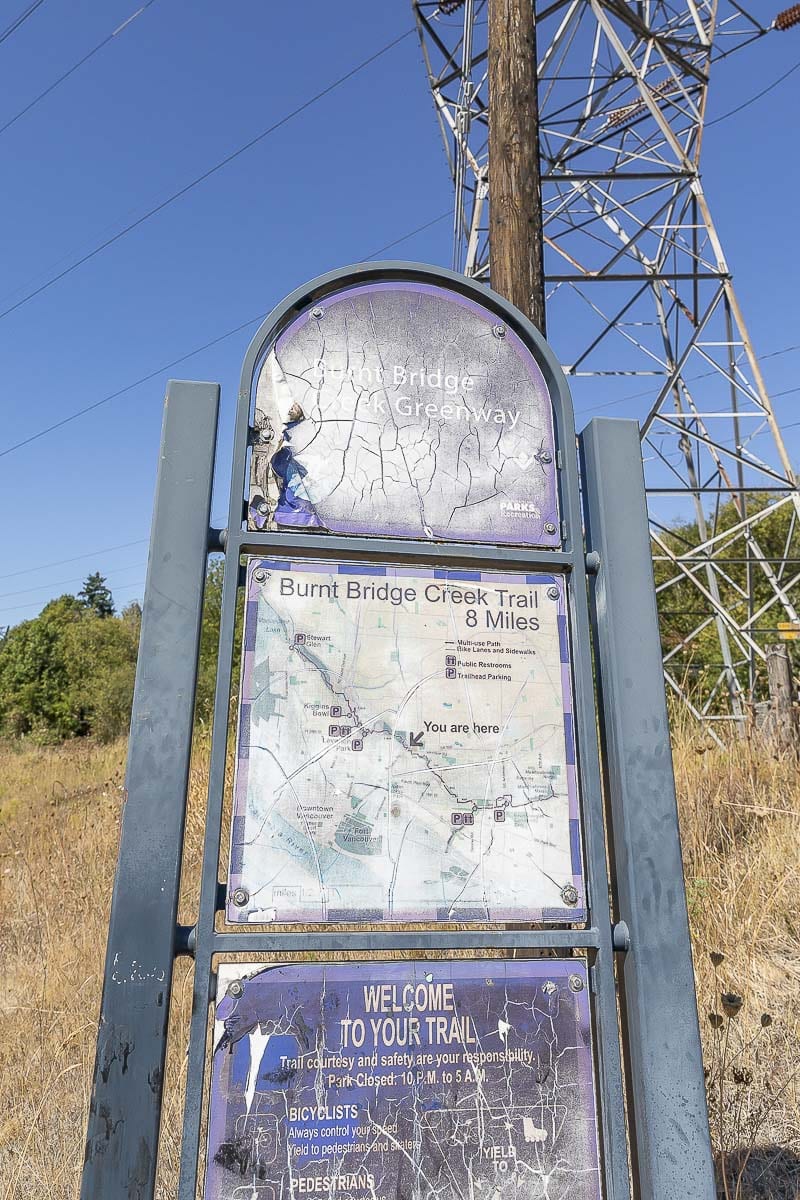
Underneath SR-500 where the trail passes below the highway, another pair of legs dangle from a shelf above bridge supports. The legs are surrounded by piles of belongings, including bikes, blankets, and other items strewn about. Graffiti marks the steel girders under the freeway, and the concrete pylons down below.
“Don’t ever give up,” says one stylized bit of paint.
“Stop the neglection of your own people!” reads another.
One long screed, written on yellow striping along the trail, tells of one soul’s fight against drug addiction. Other markings are not reprintable here.
As you read in Part One of our series on Arnold Park, homeless camps have proliferated in the urban forest area, due to its proximity to bus lines, a state highway, and nearby downtown Vancouver. We heard from one woman who says vehicles often drop people off, bring in supplies, and even help people carry things like coolers, propane tanks, and more into the park.
Peter Bracchi lives nearby and often wanders the park, making note of the camps, talking with the people living there, and cataloguing what he has dubbed “environmental terrorism.”
“Some of it’s just repeat people that think they’re Davy Crockett, some are drug dealers, some are mentally ill,” he says, “that’s their deal.”
Only once, he says, has he had to run from a homeless man who became aggressive when confronted. He did encounter a dead body in 2017, though he didn’t come close enough to recognize what it was, and only realized what he’d seen while reading the news a day later.

The body belonged to 25-year old Cody O’Brien, a Battle Ground man who had been shot in the chest on the north slope of the park above the trail. William Peek, a 29-year-old transient who’d been living at the park, was sentenced this past June for the murder. A friend testified that Peek intended to kill O’Brien and take his car.
Flowers, long dead and wilted, mark the spot where O’Brien’s body was found, along with ashes from a recent fire.
“Afterwards they didn’t clean out any of the camps,” says Bracchi. “There was a camp a thousand yards away.”
More recently, Steven Hayes, the man accused of attempting to abduct a 14-year old at Vancouver Mall, had a last known address of 2008 NE Arnold Road, which would likely mean he had been living in the park. Hayes had recently been released after a previous attempted kidnapping conviction.
“What worries me with the little kids that ride their bikes on the bicycle path,” says “Betty,” an elderly woman who lives near the park and recently scared off a man trying to steal saddles from her barn. “I mean, you know, it’s not safe, even for women. I worry about the women that go down by themselves.”
One bicyclist we encountered said she lives near Portland’s Springwater Corridor, and came up to Vancouver to ride because she believed it would be safer. After seeing the numerous signs of homeless encampments along the trail, she decided to turn around and find another place to ride.
“I think there’s a lot of people who are just trash heap junkies,” she said. “I’m in recovery, I have been for 30 years, but my NA (Narcotics Anonymous) and these kind of people is just a whole different ball game.”
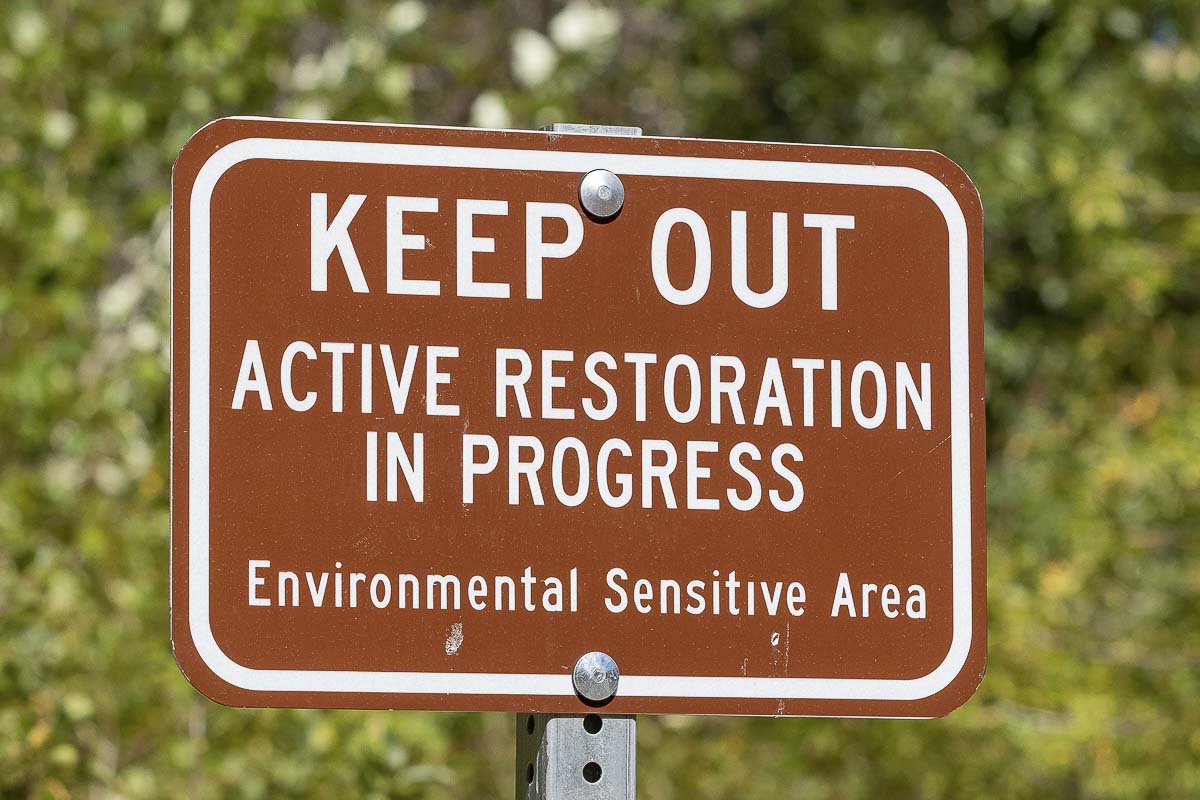
Police response
Vancouver Police West Precinct Commander Dave King says he met with Bracchi at Arnold Park months ago, and noticed a handful of sites.
“And at the same time, I had 65 sites outside the Share House,” he says.
Vancouver Police were focused on cleaning up downtown at the time, ahead of the Waterfront Park opening, but King says he told Bracchi that they would turn their attention to Arnold Park at the Burnt Bridge Creek Trail once that was done.
“And so having the bike resource that we got last year, we were able to really address the Share House to where that’s no longer an issue,” says King. “And we still periodically go through Arnold Park.”
King says that happens every other month, on average.
“[The officers] have to really hunt to find the people that live or set up camp in that area,” King says, “because they’re way off the trails, they’re way up. They’re pretty hidden.”
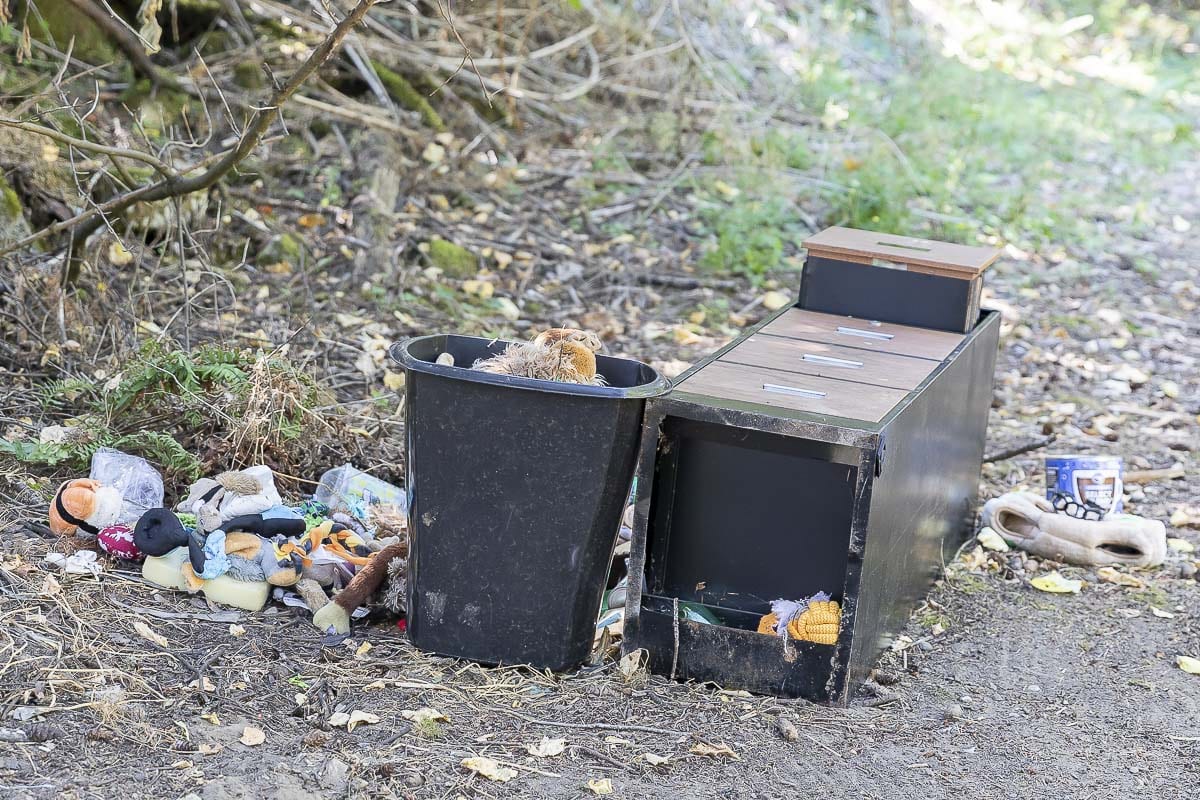
Does that mean the police department has taken an approach of ignoring homeless populations that aren’t as visible? No, says King, but they do receive fewer complaints about encampments that are off the beaten path.
“We have finite resources. And so we dedicate those resources to where they do the most good,” says King. “We can’t keep the entire city totally clean, so we respond to complaints as they come through and do the best we can as far as that goes.”
Bracchi says he doesn’t necessarily blame Vancouver Police for the situation at Arnold Park and other public spaces throughout the city and county. He does blame City Manager Eric Holmes, who he says has allowed people to break the law and refused to either enforce them, or change the law.
“The hard part with the police is they really don’t feel success if they don’t arrest a guy; he has no open warrants,” says Bracchi. “Theoretically, they could arrest him for daytime storage of goods on public property, but the county’s not going to prosecute him. So we’ve given a group of people the right to basically almost do what they want to do, because they’ve been labeled ‘homeless.’”
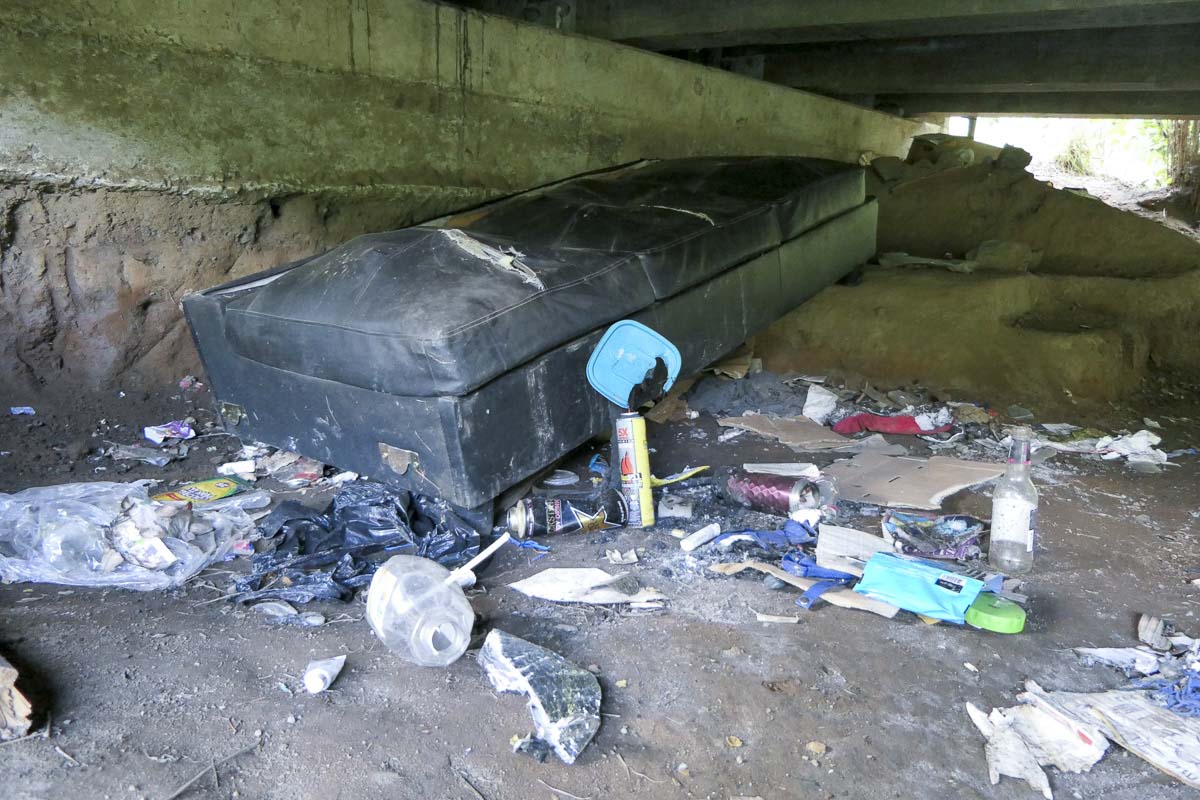
Bracchi says he would at least like more signage put up along Burnt Bridge Creek advising people that it is a protected watershed and that tests have shown high levels of fecal bacteria in the stream.
“People wash their hands in the creek, or try to bathe in it,” he says, “that’s not good. And there’s no warning signs.”
Holmes and Vancouver Mayor Anne McEnerny-Ogle declined to be interviewed as part of our story, deferring to their new Homeless Resource Manager Jackie St. Louis, who we’ll hear more from in part three of this series when we talk about the city’s changing strategies for dealing with the homelessness crisis.
Commander King says there’s also the fact that city police can only enforce city codes. Unless people are spotted camping in the park outside of legal hours, there’s not much that can be done. And if the city declines to call it a “park,” there is even debate as to whether those local codes can be enforced.
As for protected watersheds or ecological issues, those often come down to state or even federal laws.
“Some of those we don’t even know, or are even aware that they exist,” King says. “And I don’t know anybody outside maybe that state agency or federal agency that knows that they exist.”
Ultimately, he says, it comes down to a debate over the law versus limited resources and the greater public good.
“The city of Vancouver, at one point, was leading the state in pedestrian fatalities,” says King. “So where do we send our resources? Do we send our resources and respond to traffic issues or areas where people are … getting killed? Or do I spend them, you know, trying to enforce unlawful camping in a specific area that’s important to a specific neighborhood or people?”
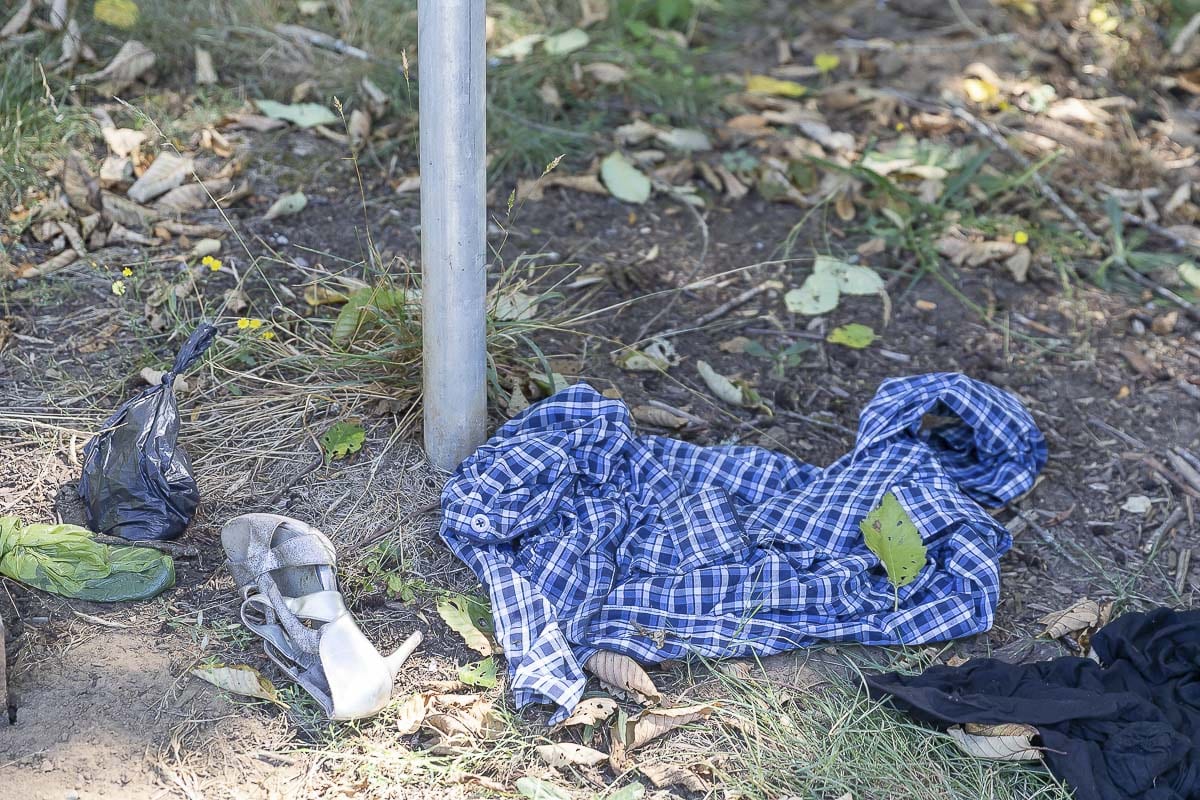
King says he has six officers assigned to cover the day shift at the West Precinct, from six in the morning until 4:30 p.m.
“So those six people, when they start, are responsible for all the 80,000 citizens from Andresen west, and from the river north,” says King. “So it’s ‘how do I wisely use those resources.’”
In part three of our series we’ll hear from Vancouver’s new homeless resource manager, and state transportation officials, to get a better sense of the scope of what they’re dealing with, and some of the changing ideas in how to deal with the issue.
Also read part one and three:
A walk in the woods: One neighbor’s quest to clean up Arnold Park
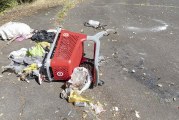
A complicated problem: Can new leadership stem Vancouver’s rising homelessness situation?
